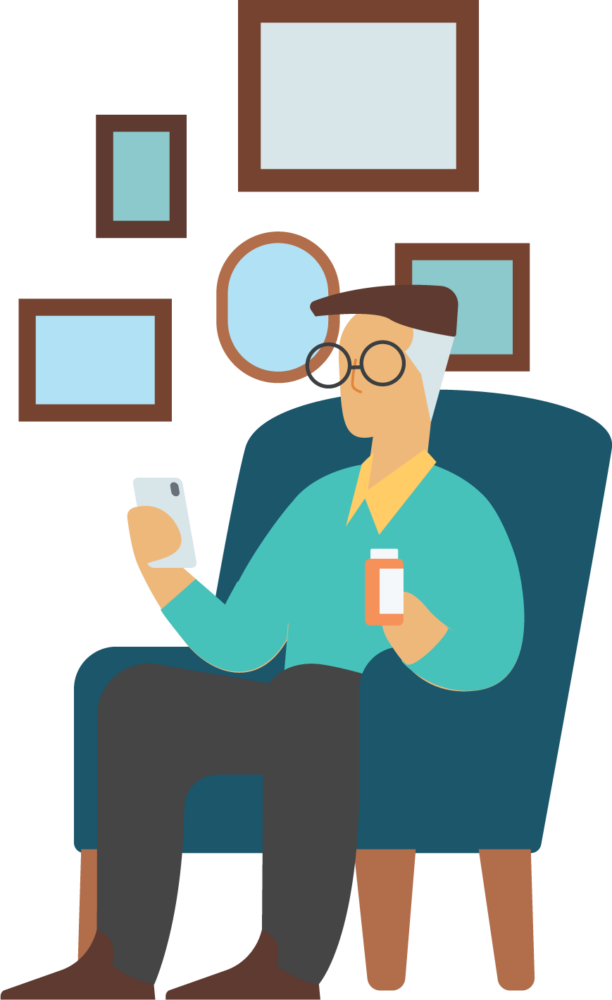Executive summary
- Despite a 34% reduction in mortality rate, only 14-30% of eligible patients participate in cardiac rehabilitation
- Study participants who used a digital health management app during cardiac rehabilitation were 1.8x (90%) more likely to complete the program
- Digital health participants attended a higher number of cardiac rehabilitation sessions compared to the standard group
The Challenge
Heart disease is among the leading causes of death in the U.S. and around the world. Some patients with heart disease are referred to a cardiac rehabilitation (CR) program. A CR program includes:
- Individual patient risk assessments
- Nutrition counseling
- Exercise training, and
- Psychosocial support
Cardiac rehabilitation programs can reduce mortality by up to 34%. In addition, patients who attend all 36 cardiac rehabilitation sessions reported a 47% lower mortality risk than those who only completed one session.
Despite these known benefits, only 14% to 30% of eligible patients participate in CR. To combat these low participation rates, care providers are looking for new ways to promote enrollment and completion.

The Solution
In an effort to improve cardiac rehabilitation completion and session attendance, researchers ran a 12-week study testing the impact of Wellframe’s digital health management app on patient outcomes. In the CR program, all participants underwent supervised exercise training and nutritional counseling. Cigarette smokers were also enrolled in smoking cessation counseling.
The digital test group used the Wellframe app for the duration of the CR program. Through the app, participants had access to:
- Standardized educational clinical content relevant to the program, presented progressively throughout treatment
- Written and video content to support CR and comorbidities, such as smoking cessation and diabetes
- Daily step counts through smartphone accelerometer integration
- A secure 2-way messaging system between the patient and program staff
- Surveys that screened for functional capacity, nutrition, and depression
While participants accessed Wellframe’s capabilities through a smartphone app, program staff monitored patient progress through a web-based dashboard. The dashboard enabled research staff to see patient activity in real-time and respond to digital messages. Key features of the staff dashboard include:
- Patient profiles with information on demographics, diagnoses, and app activity
- Ability to monitor whether patients read assigned content and completed checklist items
- Data on physical activity based on step counts, along with improvement over time
With Wellframe’s mobile app, members could access educational information on demand, and reach out to care teams on their own time. In addition, care teams could send secure messages and push notifications to study participants rather than trying to schedule phone calls.
The Results
The study determined that CR patients who used the Wellframe app showed a significant increase in program adherence and session attendance, across a racially diverse population. Improved cardiac rehabilitation adherence—in combination with empowering patients to take an active role in their health—may lead to improved clinical outcomes and reduced mortality rates.
Key stats
- 80.2%: program completion rate for the digital health CR group
- 32%: study participants who are female
- 42%: study participants who are Black
- 68.4%: program completion rate for the standard CR group
- 59: average age of study participants across both groups
- 36: median number of sessions each participant was recommended to attend
